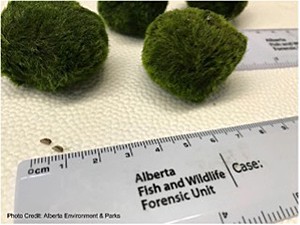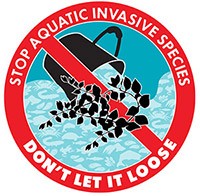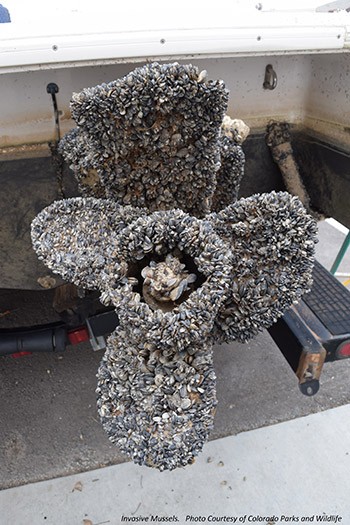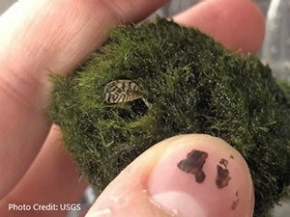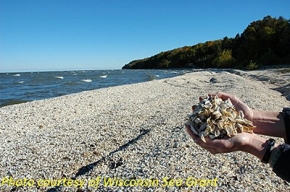Step 3: Treat aquarium contents and water
The treatments outlined below must be followed exactly as described to be effective in decontaminating tanks and systems.
Post treatment water should be disposed of through your wastewater system.
Method 1: Heat treatment for tanks without plants or animals or with plants or animals removed
This method provides a treatment option for tanks without plants or animals (either not present or removed as it may harm/damage or kill other plants or animals).
1. Raise the temperature of the water by using an aquarium heater or pouring in boiling water. It is important to maintain the temperature throughout the treatment to achieve 100% mortality of zebra mussels. Please refer to the table below.
Method 1: Heat treatment for tanks without plants or animals
|
Minimum temp.
|
Minimum time
|
40˚C
|
30 min
|
45˚C
|
15 min
|
50˚C
|
5 min
|
2. Ensure all tank accessories (e.g. filter) and equipment (e.g. nets) used to remove fish, other organisms or plants from the contaminated aquarium are properly decontaminated immediately after use by using the heat treatment method above.
3. It is recommended that you monitor your tank for the next several months for any unusual or unexpected aquatic life.
4. Water from all water changes during this period should be treated as above.
Method 2: Potassium Chloride (KCl) for tanks with plants or animals
This method can be used when plants and animal cannot be removed, or if Method 1 is not possible. While this method is considered safe for most finfish and plants, it may not be safe for invertebrates.
This treatment requires using potassium chloride (KCl), a sodium-free table salt substitute commonly sold at grocery and nutritional stores. The highest available purity of KCl available should be used. “Half-Salt” products cannot be used.
1. Remove a small volume of water (approximately 1 litre) from your aquarium and place this water into a separate container.
2. Determine the volume of water in your aquarium and the corresponding amount of KCl required to achieve the required treatment concentration using the table below.
Method 2: Potassium Chloride (KCl) for tanks with plants or animals
|
Volume of Water in Aquarium
|
Amount of KCl Required* (100% Solubility)
|
US gal
|
Litres
|
Teaspoons (US)
|
Grams
|
1
|
3.8
|
1/4
|
1
|
10
|
38
|
2
|
8
|
20
|
76
|
3 ¾
|
15
|
55
|
208
|
10
|
40
|
75
|
284
|
13 ½
|
54
|
90
|
341
|
16 ½
|
65
|
125
|
473
|
22 ½
|
90
|
*Dosages outlined in this table are based on a known, lethal concentration of 100ppm KCl to invasive mussels, over an exposure period of 14 days and within the expected temperature range of home and retail aquariums (above 17 º C). Measurements in this table have been rounded up for ease of measurement.
|
3. Add the required amount of KCl to the separate container of water and mix thoroughly.
4. Pour the mixture back into your aquarium and leave it in for at least two weeks at a minimum temperature of 17°C.
5. Water changes should be avoided during the 14-day treatment period. If this is not possible, treat the discharge water with Method 1 prior to disposal.
6. Evaporated water can be replenished provided the replacement water does not exceed the volume of water that evaporated.
7. To ensure consistent treatment conditions, all make-up water must be prepared using water from an uncontaminated source, warmed to a minimum of 17°C and pre-treated using KCI.
These steps apply to all tanks that have had the moss ball present even if for a short period of time; regardless of whether the moss ball was previously removed from that tank.
Step 4: Report
Report this incident to your local Aquatic Invasive Species authority and let them know that you have treated and disposed of your moss balls.
Zebra Mussels pose a serious threat to Canada’s aquatic ecosystems, but you can help stop the spread. For more information on Zebra Mussels in Canada, please visit: https://www.dfo-mpo.gc.ca/species-especes/profiles-profils/zebramussel-moulezebree-eng.html
